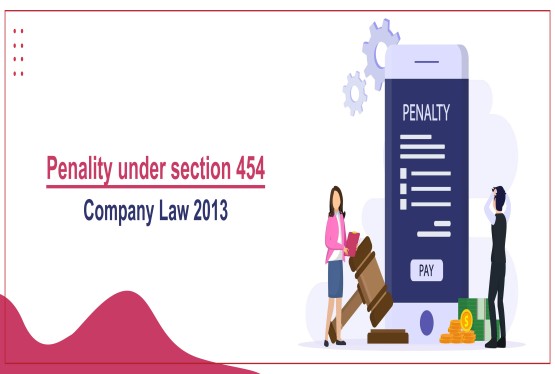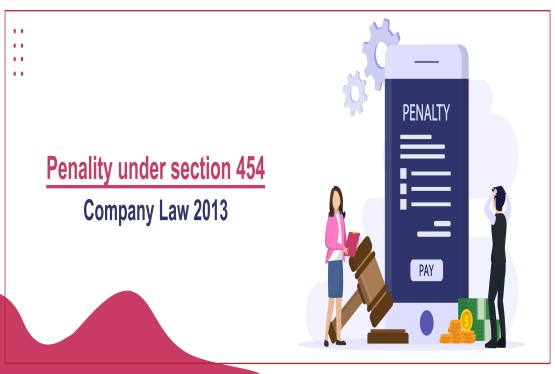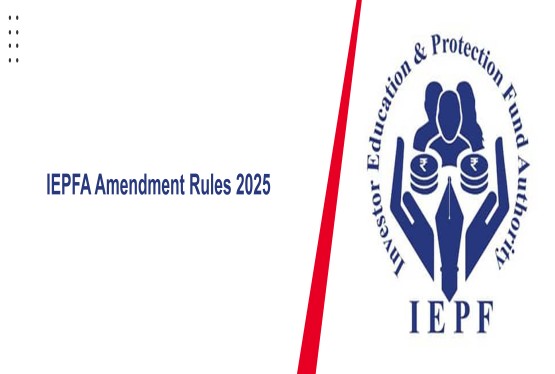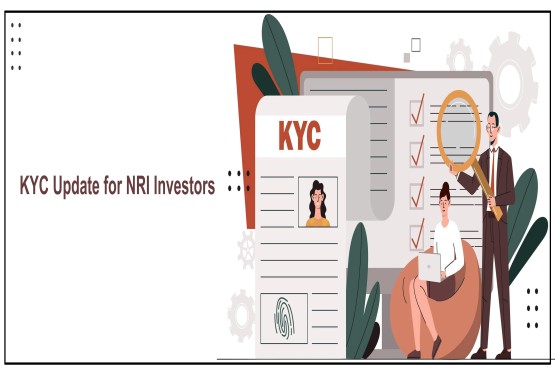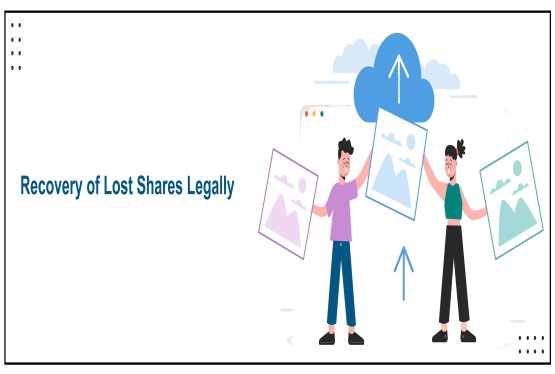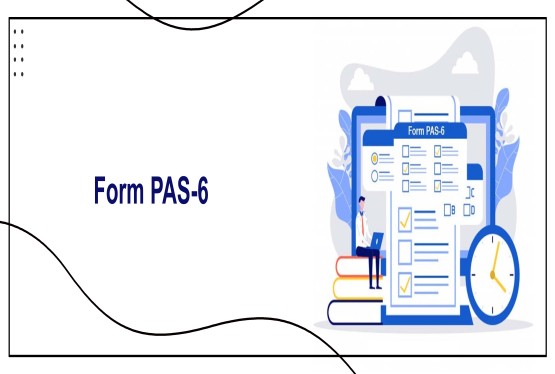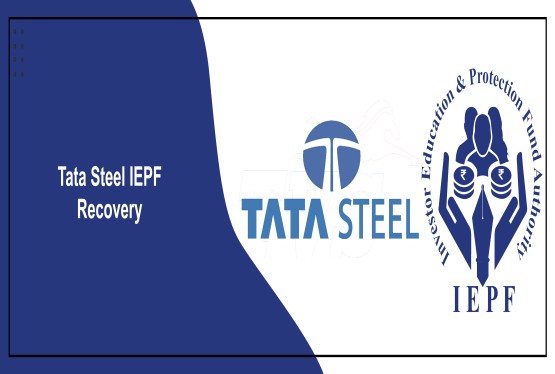If you’ve ever used a bank in India, chances are you’ve come across the name State Bank of India (SBI), the country’s largest and most trusted financial institution. Whether it’s opening your first savings account, getting that dream home loan, applying for an education loan, or just withdrawing cash from an ATM, SBI has probably been a part of your financial story somewhere.
What makes SBI special is that it’s not just a bank, it’s an emotion for millions of Indians. For generations, it’s been the go-to bank where families have trusted their hard-earned money. From grandparents depositing savings in passbooks to Genz handling everything through the YONO app, SBI has evolved with time while keeping its values intact.
With over 22,000+ branches, 65,000+ ATMs, and presence in 30+ countries, SBI is literally everywhere, from the busiest metros to the most remote villages. It serves over 48 crore customers and continues to stand tall as a symbol of stability and trust in the financial world.
And that iconic tagline says it all,
“The Banker to Every Indian.”
SBI isn’t just a financial institution, it’s part of India’s growth story, helping students, entrepreneurs, farmers, and corporates every step of the way. Whether you’re swiping your card at a café, transferring money abroad, or making a UPI payment, SBI is quietly making it all happen behind the scenes.
Historical Background and Evolution of State Bank of India
The story of SBI started over 200 years ago, long before India even became independent. Back in 1806, the Bank of Calcutta was founded by the British East India Company to handle trade and commercial transactions. Later on, two more banks came into the picture, the Bank of Bombay (1840) and the Bank of Madras (1843).
These three banks were like the “big three” of that era, managing most of India’s banking operations during British rule. In 1921, they decided to merge and form one single entity, the Imperial Bank of India. Think of it as a mega-merger that brought together the best of all three.
After independence in 1947, the government realized something important that India needed a strong national bank that could reach every citizen, not just the urban elite. The Imperial Bank mostly served big traders and British interests, leaving rural India behind.
So, in 1955, the government of India took a historic step, it nationalized the Imperial Bank and gave it a new identity: the State Bank of India. The Reserve Bank of India (RBI) became its main shareholder, making it the first major government-owned commercial bank in the country.
That was the moment India finally got a bank for the people, by the people, and of the people, one that could cater to everyone, from small farmers and shopkeepers to large industries and exporters.
Over the years, SBI continued to grow, merging with its associate banks like State Bank of Bikaner & Jaipur, State Bank of Mysore, State Bank of Patiala, State Bank of Travancore, and State Bank of Hyderabad. In 2017, all these banks officially became one, the modern day SBI we know today.
From colonial times to the digital age, SBI has seen it all: economic reforms, globalization, demonetization, and now, the UPI revolution. Through every change, it has stayed strong and relevant, adapting faster than most private banks while keeping its public sector heart beating for the common man.
Major Mergers and Acquisitions
SBI didn’t become India’s largest bank overnight it grew through smart mergers and consolidations that helped it reach every corner of the country. Over the years, these mergers have made SBI stronger, more efficient, and truly national in scale.
SBI’s Merger Journey:
-
1959: The State Bank of India (Subsidiary Banks) Act created seven associate banks. State Bank of Bikaner, State Bank of Jaipur, State Bank of Hyderabad, State Bank of Mysore, State Bank of Patiala, State Bank of Saurashtra, and State Bank of Travancore. These were established to expand banking services in different regions of India.
-
2008: SBI took the first big consolidation step by merging the State Bank of Saurashtra into itself. This helped unify operations and bring more customers under one brand.
-
2010: Next came the merger with the State Bank of Indore, which gave SBI a stronger presence in Central India.
-
2017: This was a historic year for India’s banking sector. In one of the biggest mergers in Indian banking history, SBI officially absorbed five of its associate banks:
-
State Bank of Bikaner & Jaipur
-
State Bank of Hyderabad
-
State Bank of Mysore
-
State Bank of Patiala
-
State Bank of Travancore
along with the Bharatiya Mahila Bank.
After this merger, SBI’s customer base crossed 420 million, placing it among the top 50 banks globally by asset size. The merger made SBI more powerful, simplified its structure, and allowed customers from all regions to access the same services and benefits under one trusted name that is State Bank of India.
This consolidation also reduced operational overlap, improved cost efficiency, and gave SBI a unified identity, a single, stronger brand serving every Indian.
Corporate Actions
Corporate actions are decisions made by a company that impact its shareholders, things like dividend payments, bonus shares, or capital raising. For SBI, these actions reflect its strong financial foundation and consistent commitment to creating value for both investors and employees.
Major Corporate Actions by SBI: Dolphin Laboratories Limited
-
Dividend Declarations: SBI has a solid track record of rewarding shareholders with regular dividends. In FY 2024, the bank announced one of its highest-ever dividends, thanks to record profits and strong growth.
-
Stock Splits: In 2014, SBI decided to split its shares, changing the face value from Rs.10 to Rs.1. This made its shares more affordable and accessible for regular investors, helping increase trading activity in the market.”
These corporate actions show that SBI is not only focused on growing its business but also on sharing that growth with the people who make it possible, its investors, employees, and customers.
Digital Transformation and Technological Innovation
SBI has come a long way from long queues and paper slips to becoming a pioneer of digital banking in India. It’s not just adapting to technology; it’s leading the change.
The biggest game-changer? YONO (You Only Need One) , SBI’s super app that lets users handle everything from banking and bill payments to investments, insurance, and even shopping. It’s like having a full-fledged bank, wallet, and mall right in your pocket.
Key Digital Moves by SBI
YONO SBI: A one-stop app that combines banking, investments, insurance, and e-commerce on one smooth platform.
SBI Quick & SBI Buddy: Easy-to-use mobile tools for quick balance checks, transfers, and instant payments without visiting a branch.
Artificial Intelligence: SBI’s AI chatbot “SIA” and machine learning tools handle customer queries, assess risks, and improve efficiency.
Green Banking: By encouraging paperless, digital transactions, SBI is promoting eco-friendly, sustainable banking.
By smartly embracing digital innovation, SBI has made banking simpler, faster, and more accessible, especially for the younger generation that prefers to do everything on their phones.
Process to Recover Shares or Dividends from IEPF
Step 1: Check Unclaimed Dividend or Share Status
Start by checking whether your dividends or shares have been transferred to the IEPF.
-
Visit the Investor Relations section of State Bank of India’s official website or the IEPF Authority website.
-
Enter your Folio Number (for physical shares) or DP ID/Client ID (for demat shares).
-
If your name appears in the list, it indicates your dividends or shares have been transferred to IEPF.
Step 2: Contact State Bank of India’s Registrar and Share Transfer Agent (RTA)
State Bank of India’s RTA is KFin Technologies Ltd.
Shareholders must contact. to verify their claim and obtain an Entitlement Letter, confirming the number of shares/dividends transferred to the IEPF.
|
KFin Technologies Ltd, Selenium Tower B, Plot 31 & 32, Financial District, Nanakramguda,Hyderabad,Telangana,500032 |
|
|
Tel. : |
1800 309 4001 |
|
Email : |
|
|
Website : |
|
Documents required for verification:
-
Self-attested copies of PAN and Aadhaar
-
Shareholding details (Folio Number / Demat Statement)
-
Old dividend warrants or proof of ownership (if available)
-
Contact details (email, phone, and address)
Once verified, the RTA issues an Entitlement Letter to proceed.
Step 3: Fill and Submit Form IEPF-5 on the MCA Website
This is the central step in the recovery process.
-
Visit www.mca.gov.in
-
Under “MCA Services,” select Form IEPF-5.
-
Log in or register on the MCA portal.
-
Fill in the required details:
-
Name, PAN, Aadhaar, Email, and Address
-
Company Name: State Bank of India
-
Number of shares/dividend amount claimed
-
Demat account details (DP ID/Client ID)
-
Submit the form and download the Acknowledgment with the SRN number for tracking.
Step 4: Prepare and Send Physical Document Set
After submitting the online form, compile a physical set of documents:
-
Signed and printed IEPF-5 Form with acknowledgment
-
Indemnity Bond (on non-judicial stamp paper as per IEPF rules)
-
Advance Stamped Receipt (with signatures of claimant and witnesses)
-
Entitlement Letter from RTA
-
Self-attested copies of PAN and Aadhaar
-
Cancelled cheque leaf and Client Master List (CML)
-
Original share certificates (if physical shares)
Additional documents for legal heirs:
-
Death certificate of shareholder
-
Succession Certificate or Registered Will
-
NOCs from other legal heirs (if any)
-
ID and address proof of all legal heirs
Send the full set via Speed Post or Courier to the Nodal Officer,
|
Corporate Centre, 14th Floor, State Bank Bhavan, Madame Cama Marg, Mumbai, Maharashtra, 400021 |
|
|
Tel.: |
022-22740841 - 48, |
|
Fax. : |
022-22855348, |
|
Email: |
|
|
Website: |
|
Step 5: Company Verification
After you send your documents, the company’s Nodal Officer checks your claim with the company’s records to make sure all the details match. The Nodal Officer may take help from the Registrar and Transfer Agent (RTA) to confirm your shareholding and dividend details, but the final verification is done by the company.
If everything is correct, the Nodal Officer prepares a Verification Report and sends it to the IEPF Authority within 30 days of receiving your claim. This report helps the IEPF Authority confirm that your request is genuine and start the process of returning your shares or dividend.
Step 6: Approval and Credit by IEPF Authority
Once the IEPF Authority approves the claim:
-
The shares are transferred directly to your Demat Account.
-
The dividend amount (if any) is credited to your registered bank account.
This completes the recovery process.
Conclusion
The State Bank of India (SBI) has been a part of almost every Indian family’s financial journey whether it’s saving your first salary, applying for a home loan, or managing business accounts. Over the years, many investors have bought SBI shares or received dividends that, for various reasons, went unclaimed.
If your shares or dividends have been transferred to the Investor Education and Protection Fund (IEPF), don’t worry, you can get them back easily by following the simple steps listed above. The process may sound technical at first, but with proper documentation and coordination with SBI’s Registrar (KFin Technologies) and Nodal Officer, recovery becomes smooth and hassle-free.
If you find the process confusing or time-consuming, you can always seek professional help from Compliance Calendar LLP. Our team specializes in recovering unclaimed shares and dividends and ensures that your rightful investments are restored to your name without any stress.
Frequently Asked Questions (FAQs)
Q1. What is IEPF and why are my shares or dividends transferred there?
Ans. IEPF stands for Investor Education and Protection Fund. If you don’t claim your dividends for 7 consecutive years, both your dividends and the related shares are transferred to IEPF by the company, as required by law.
Q2. Can I really get my SBI shares or dividends back from IEPF?
Ans. Yes! The IEPF allows rightful shareholders (or their legal heirs) to claim and recover their shares and dividends by filing Form IEPF-5 online through the MCA website and submitting required documents to SBI’s Nodal Officer.
Q3. How can I check if my SBI shares or dividends are with IEPF?
Ans. You can check the Investor Relations section of SBI’s website or visit the official IEPF portal (www.iepf.gov.in) and search by your Folio Number or DP ID/Client ID. If your name appears, it means your dividends or shares have been transferred.
Q4. Who should I contact for help with my SBI shares?
Ans. You should contact SBI’s Registrar and Transfer Agent (RTA) — KFin Technologies Limited.
Email: einward.ris@kfintech.com
Phone: 040-67161500 / 1800 309 4001
Q5. What is an “Entitlement Letter” and why do I need it?
Ans. An Entitlement Letter is issued by the RTA (KFin Technologies) confirming that you are the rightful owner and the number of shares/dividends transferred to IEPF. It’s mandatory for filing Form IEPF-5.
Q6. What is Form IEPF-5 and where do I find it?
Ans. Form IEPF-5 is the official refund form used to claim unclaimed shares and dividends. You can fill and submit it on the Ministry of Corporate Affairs (MCA) website www.mca.gov.in.
Q7. What documents do I need to send for my claim?
Ans. You’ll need:
-
Printed and signed Form IEPF-5 and acknowledgment (SRN)
-
Entitlement Letter from RTA
-
PAN & Aadhaar copies
-
Indemnity Bond and Advance Stamped Receipt
-
Cancelled cheque & Demat account details (CML)
-
Original share certificates (if in physical form)
If you’re claiming as a legal heir, you’ll also need the death certificate and succession documents.
Q8. How long does the recovery process take?
Ans. Once your documents are submitted, the RTA and SBI Nodal Officer verify your claim and forward it to the IEPF Authority within 30 days.
After approval, your shares and dividends are usually credited within 60–90 days.
Q9. How will I get my shares and dividends back?
Ans. Shares are credited directly to your Demat account.
-
Unclaimed dividends are transferred to your bank account linked with your Demat.
Q10. Can Compliance Calendar LLP help me with the whole process?
Ans. Absolutely! Compliance Calendar LLP helps investors recover their unclaimed shares and dividends from IEPF by handling everything, from form filing and documentation to coordination with SBI’s RTA and IEPF Authority.
You get complete end-to-end support until your shares are safely back in your name.
Email: info@ccoffice.in
Website: www.compliancecalendar.in
Phone: +91-9988424211

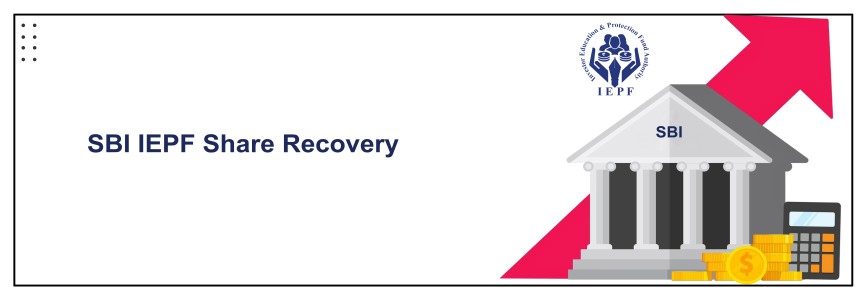









































































_crop10_thumb.jpg)


































































_crop10_thumb.jpg)
_crop10_thumb.jpg)



_crop10_thumb.jpg)


_crop10_thumb.jpg)





_crop10_thumb.jpg)

_crop10_thumb.jpg)














-suratgujarat-section-158_crop10_thumb.jpg)
-suratgujarat_crop10_thumb.jpg)
-(33)_crop10_thumb.jpg)



-ahmedabad_crop10_thumb.jpg)
-learn_crop10_thumb.jpg)

-learnn_crop10_thumb.jpg)



























































_crop10_thumb.jpg)















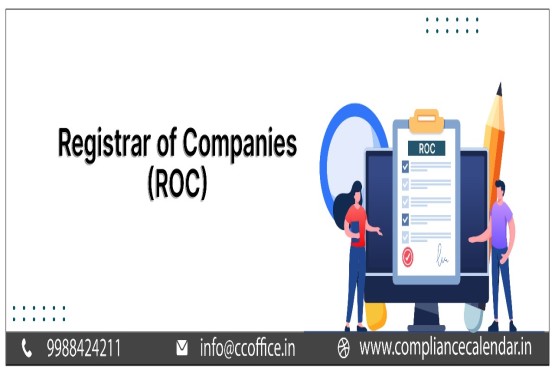






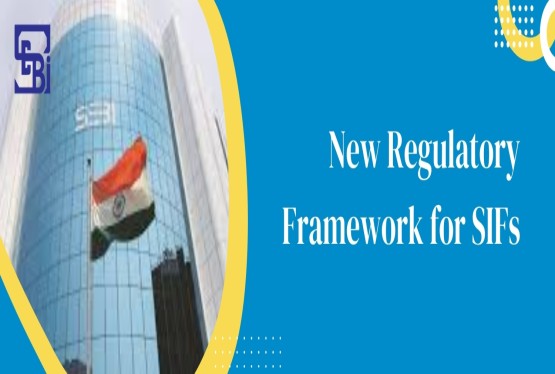
_Guidelines_learn_crop10_thumb.jpg)























_learn_crop10_thumb.jpg)
_crop10_thumb.jpeg)










_crop10_thumb.jpg)




_Second_Amendment_Rules,_2025_learn_crop10_thumb.jpg)







_learn_crop10_thumb.jpg)



































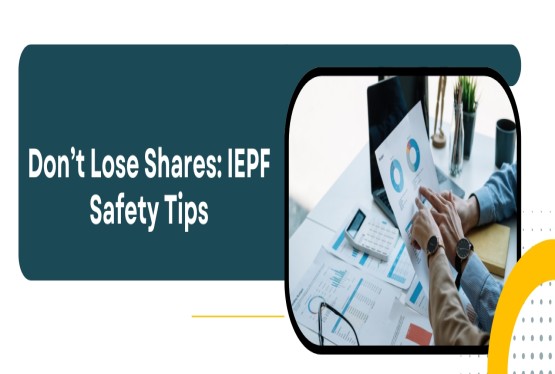

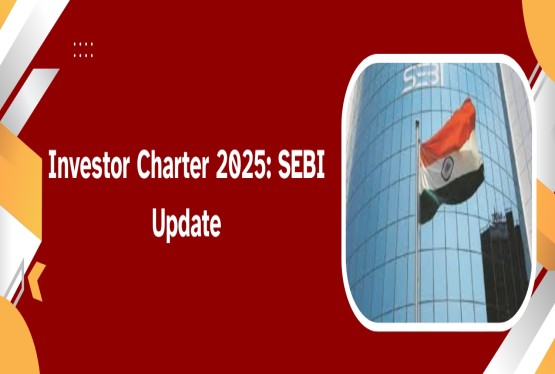
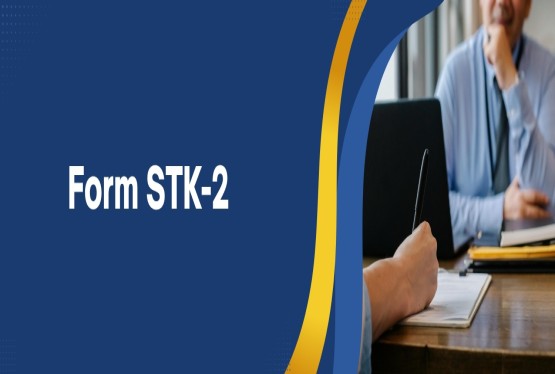

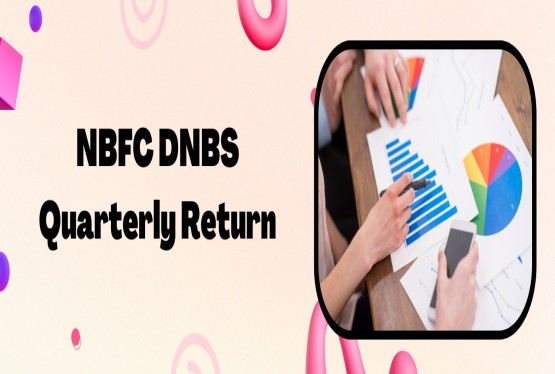

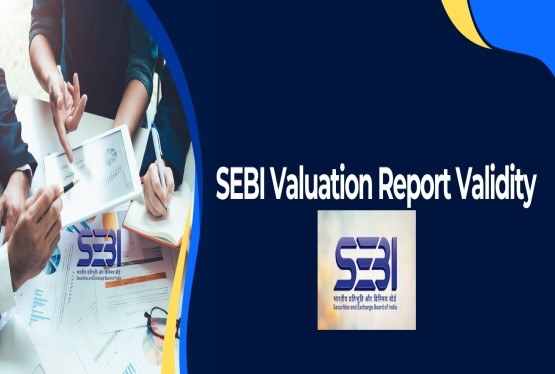

_learn_crop10_thumb.jpeg)
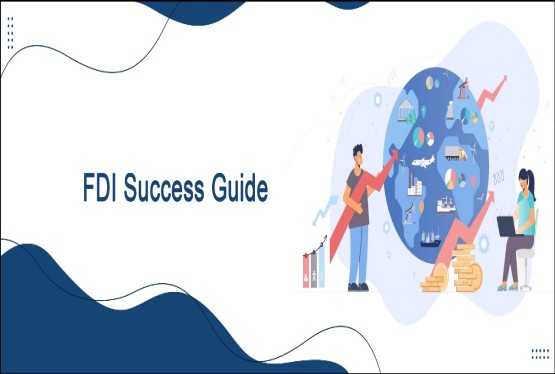
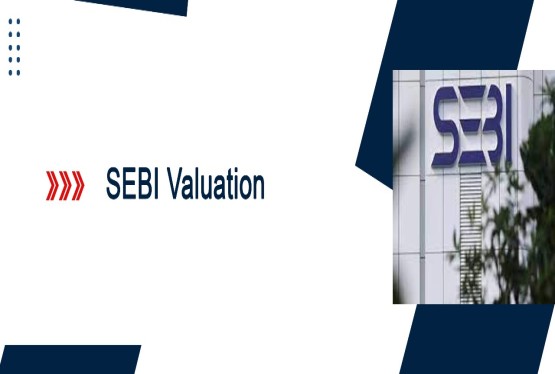
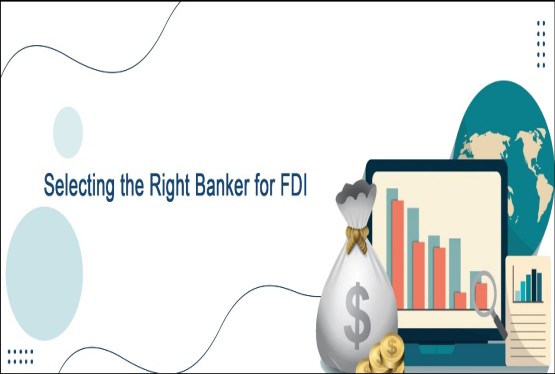



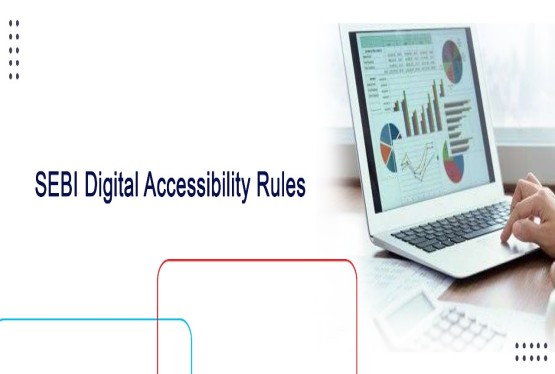

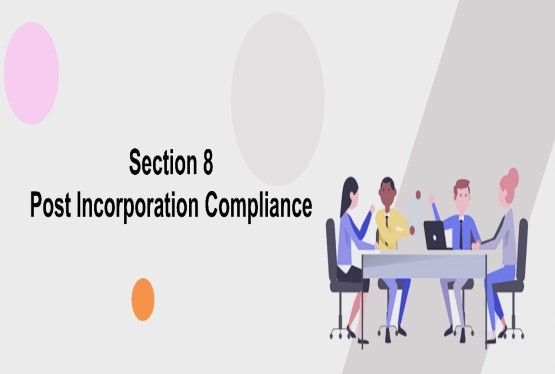





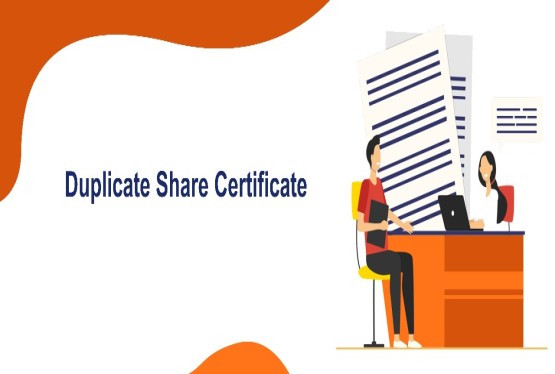

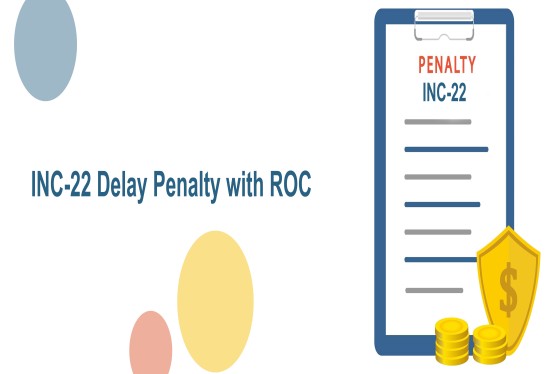
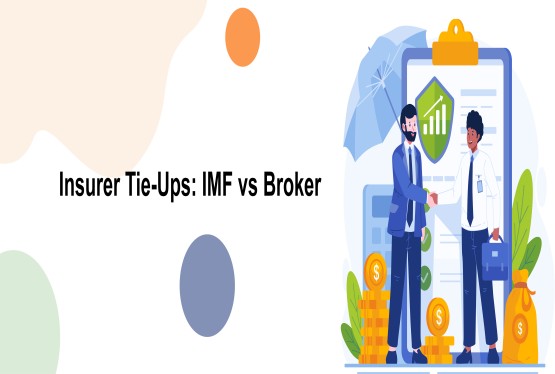

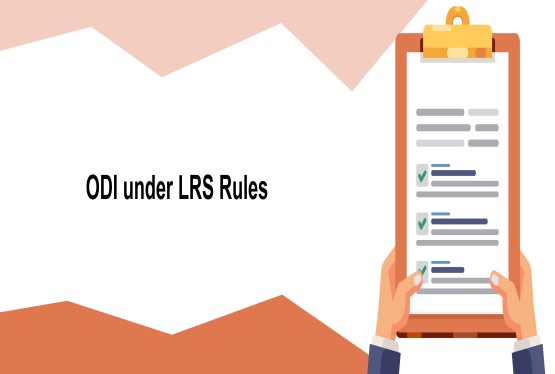
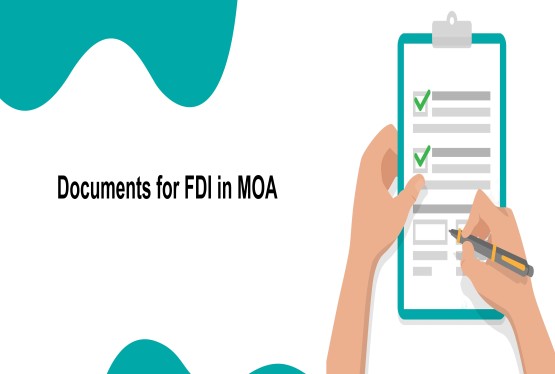


_learn_crop10_thumb.jpg)
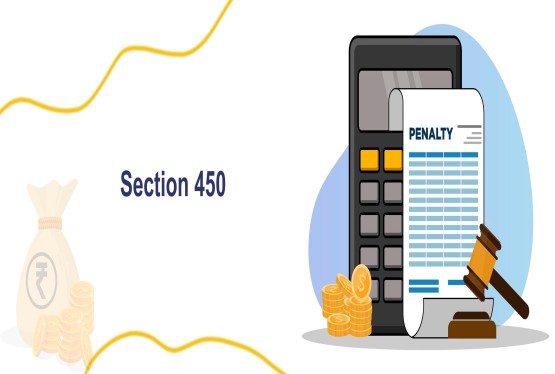
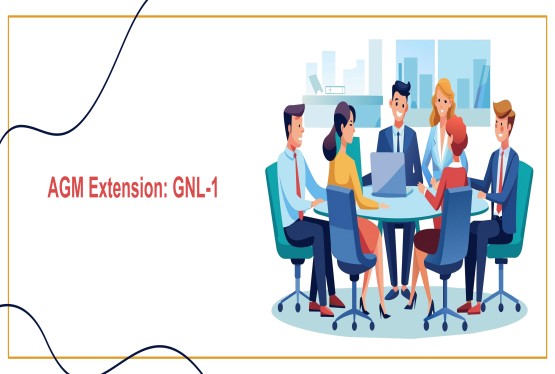

_rd_roc_learn_crop10_thumb.jpg)


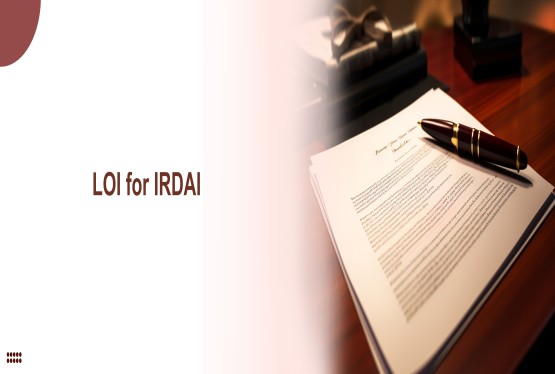


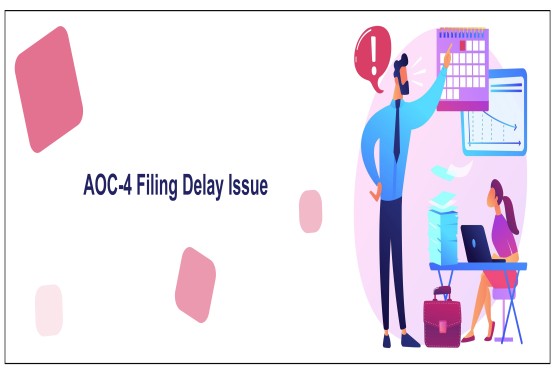


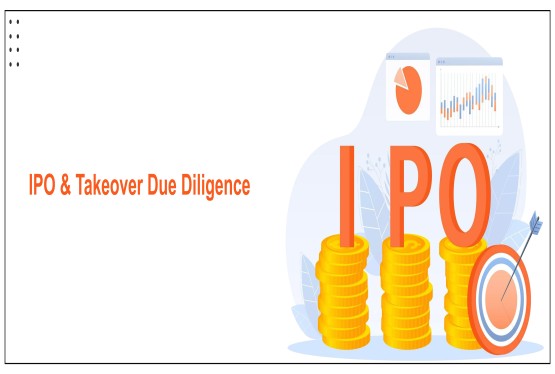







_learn_crop10_thumb.jpg)
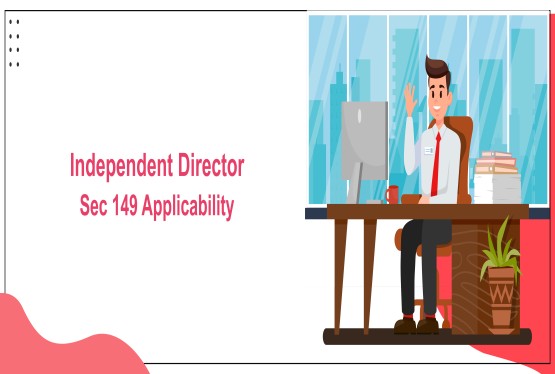

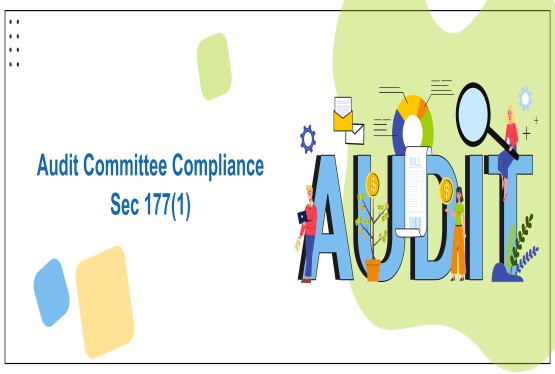



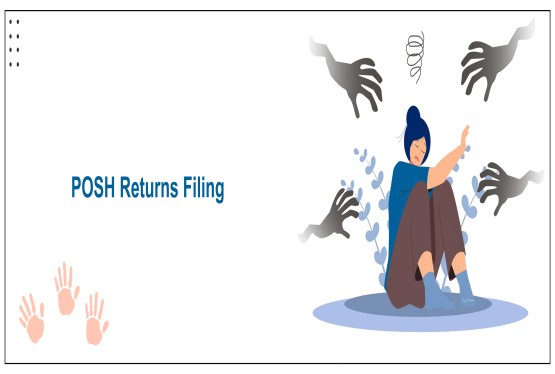



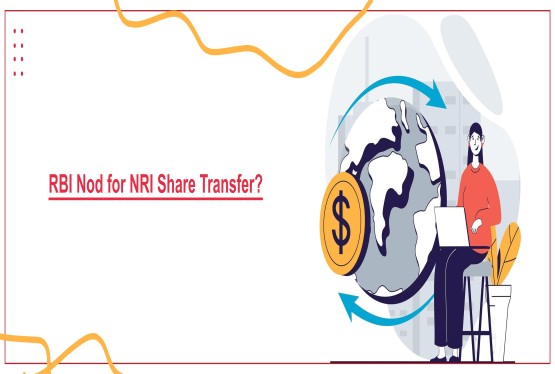


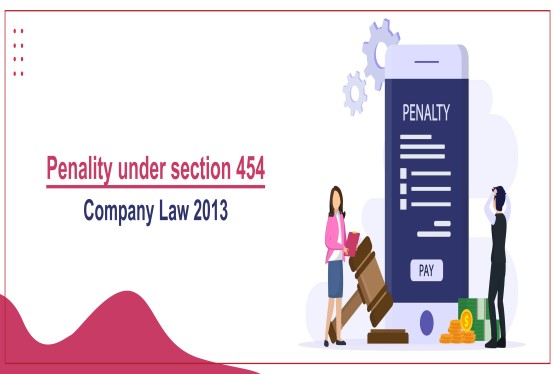
_learn_crop10_thumb.jpg)
_Learn_crop10_thumb.jpg)
